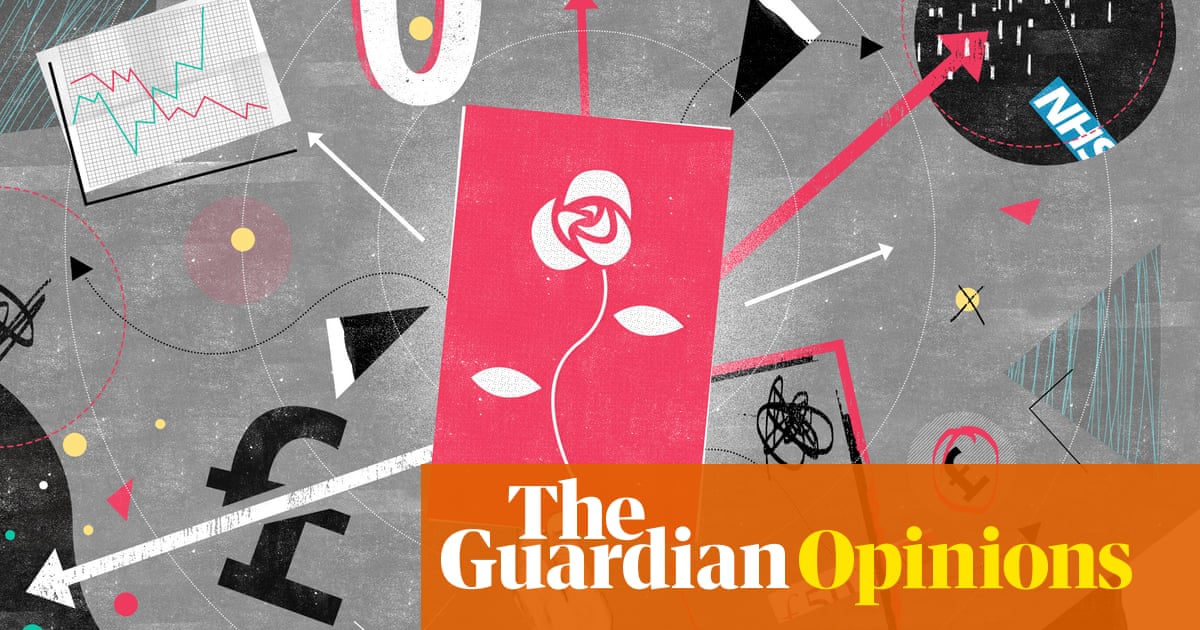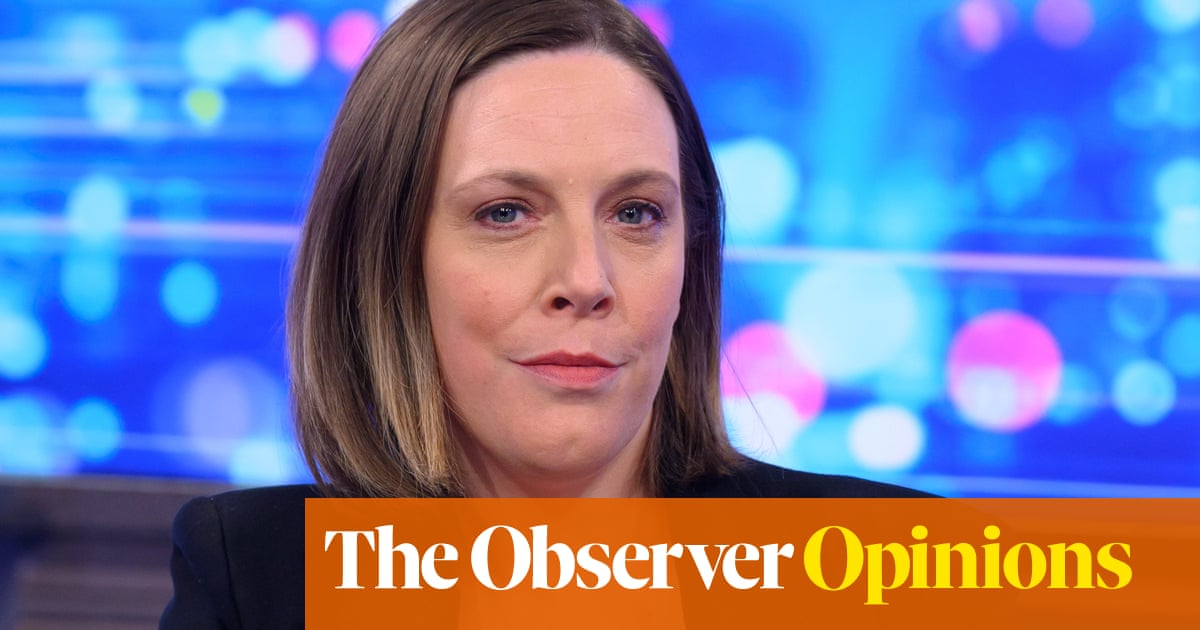
emember the great Green surge of 2015, when the party peaked at 11%? Probably not: that was another political universe, where any mention of the term “Brexit” required a definition, Jeremy Corbyn was a little-known principled backbencher, Donald Trump was best recognised as an absurd reality TV star, and pandemics were the stuff of dystopian blockbusters.
The Greens are far from a homogeneous bunch. They are best understood as having three main factions: the environmentalist “figs”, who are passionate about the climate and human rights, and fear an overbearing state; the liberal (yellow) “mangoes” who care about the same issues, but favour incremental market solutions; and the leftist “watermelons” (green on the outside, red on the inside) who prefer the role of an active government to achieve greater equality.
Standing on an unequivocally anti-austerity platform, the Greens underlined a growing appetite for more radical ideas than Labour was willing to offer, and their ranks of leftwing supporters swelled. But their policy offer wasn’t enough, and helped in no small part by car-crash interviews by their nice-but-hapless leader Natalie Bennett, the Green tide rolled back. However, the party secured more than 1.1 million votes in the 2015 election, enough to help deprive Labour of several seats.
This loss would precipitate the Labour leadership election of 2015, in which the momentum behind the Green surge would channel into Corbyn’s anti-austerity stance and pro-peace leadership campaign. Under his leadership, many watermelons found a new political home in the Labour party, sucking much of the energy away from the Greens.
But it wasn’t to last. As Labour’s position on the European Union moved towards a “soft Brexit”, voters became disillusioned and the Green party became an unlikely home – given its previous soft-Eurosceptic positioning – to angry remainers who couldn’t quite stomach the Liberal Democrats.
Fast forward six years, and polls again suggest rising support for the Greens, with today’s Ipsos Mori one putting them on 8%, leapfrogging the Lib Dems – and that’s without any meaningful public interventions. Labour succeeded in squeezing most of the Green vote in 2019, but now under Keir Starmer we are perhaps seeing a degree of churn, as remainers return to Labour and young leftwing people leave.
According to the same poll, Starmer has better ratings than any opposition leader since Tony Blair. But it’s the underlying data that should prove more alarming: among the under-35s, just 26% are satisfied with Starmer, compared with 38% who are dissatisfied. Corbynism attracted more younger voters to Labour than at any point in electoral history: but they have less loyalty to any political party than any previous generation.
A politically savvy Green party could scoop away the socially progressive, economically insecure younger voters who became Labour’s electoral bedrock in the Corbyn era. If the Greens succeed in improving their poll ratings, they will be awarded more broadcasting and press coverage. The playing field is also in their favour as the other minor parties with which they fought for attention – Lib Dems, Ukip and the Brexit party – are busted flushes.
Amid the rubble of the 2019 electoral defeat the left were written off by a commentariat that made little attempt to understand or empathise with younger voters who were attracted to Corbynism, even if they were often conflicted about Corbyn as an individual.
It was not a fluke that youth support for leftwing movements, such as the Bernie Sanders movement in the US, Podemos in Spain and two large left parties in Portugal, emerged after the 2008 financial crisis. In all of these countries, the official “centre-left” parties only triumphed by striking some form of accommodation with them.
If the new Labour leadership insists on alienating young people who prefer a strong state to intervene to achieve greater economic and social equality, and transition to a greener economy in order to reduce the impact of the climate crisis, then it may find, as in Scotland and with the red wall, another chunk of Labour’s electoral coalition finds somewhere else to go. A similar phenomenon is happening in Wales, where Plaid Cymru is on the rise and nearly half of young Welsh citizens support independence.
You can see how the Greens have real room to grow. The climate emergency is a far greater priority among voters than it was just a few years ago, and the climate justice movement is larger than ever. The Corbyn years transformed the left into a far more organised political force and mainstreamed policies previously exiled to the political margins that many voters liked.
The party’s sole MP, Caroline Lucas, has star quality and is far more recognisable than, say, Lib Dem leader Ed Davey. Its co-leader, Siân Berry, is a likable good communicator; as the party’s London mayoral candidate, she has a potential platform to publicise the party’s policies if her team is canny enough. The party has more local councillors than ever, providing it with a solid springboard to campaign.
It depends on what Labour decides to do, of course, but the Greens have been handed a political opening and there’s every chance they’ll walk through it.
Owen Jones is a Guardian columnist












